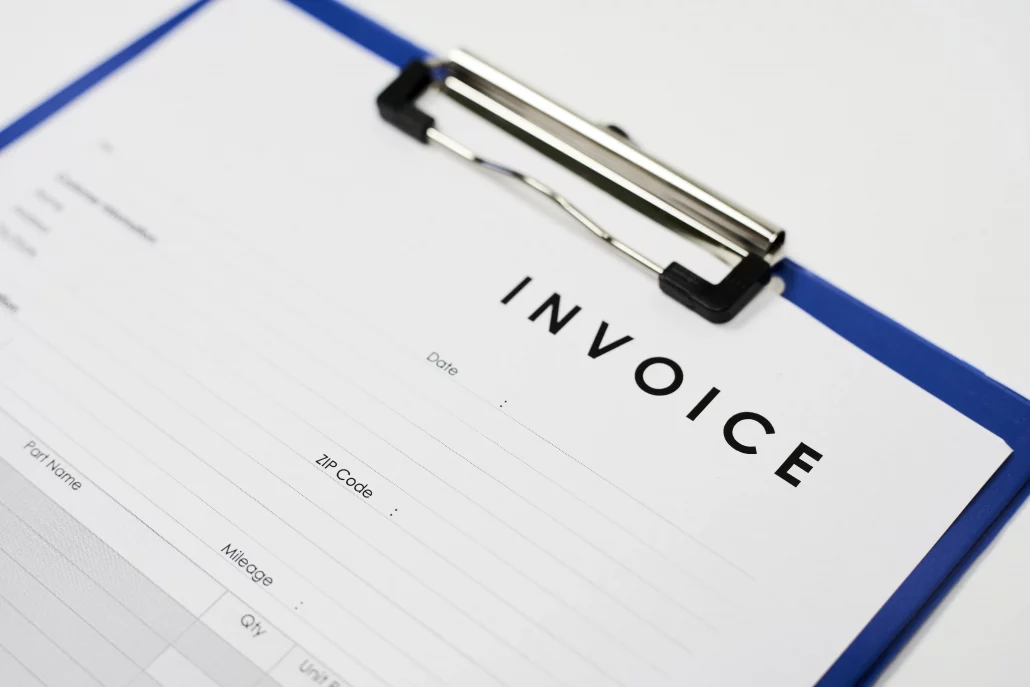When managing business transactions, understanding the difference between a quote, sales order, and invoice is crucial. These documents serve different purposes in the order-to-cash process, yet many businesses struggle to distinguish them. If you’ve ever wondered how these three differ and when each is used, this guide will provide clarity.
Quote vs Sales Order vs Invoice: What’s the Difference?
Each document plays a specific role in the buying process. Here’s how they compare:
- Quote: A non-binding document that provides a potential buyer with pricing and terms before an order is placed. It helps customers make purchasing decisions but does not confirm a transaction.
- Verkooporder: A formal confirmation that a customer has placed an order. It outlines the agreed-upon details, including quantity, price, and delivery terms, and serves as an internal document for order fulfilment.
- Factuur: A request for payment issued after goods or services have been delivered. It includes payment terms, due dates, and details of what was supplied.
Bekijk onze video hieronder:
Key Differences Between a Sales Order vs Invoice
1. Purpose and Timing
- A sales order is generated after a customer agrees to purchase but before delivery. It helps businesses manage inventory and fulfilment.
- An invoice is issued after delivery or service completion, requesting payment from the buyer.
2. Who Uses It?
- Sales teams and fulfilment departments use sales orders to process and track customer requests.
- Accounting and finance teams use invoices to manage revenue collection and ensure timely payments.
3. Impact on Financials
- A sales order is an internal document that does not directly impact financial records.
- An invoice is a financial document that records revenue and accounts receivable.
How These Documents Work Together in the Sales Process
- A quote is initially provided to the customer outlining estimated costs.
- If the customer agrees, they place an order, and a sales order is created to initiate processing.
- Once the goods are delivered or the service is completed, an invoice is sent requesting payment.
Why Understanding the Differences Matters
Confusing these documents can lead to process inefficiencies, delayed payments, and accounting errors. By clearly defining their roles, businesses can streamline order management, improve cash flow, and enhance customer communication.
Knowing when to use a quote, sales order, and invoice ensures smooth operations and helps businesses maintain financial accuracy while delivering a better customer experience.
Learn more about B2BE’s E-facturatie en Verkoop Order Automatisering solutions.
About B2BE
B2BE delivers electronic supply chain solutions globally, helping organisations to better manage their supply chain processes, providing greater levels of visibility, auditability and control. We’re driven by a passion for what we do, inspired by innovation, and underpinned by a wealth of knowledge. With over 20+ years of experience, the B2BE teams operate worldwide.
Ga voor meer informatie naar www.b2be.com.

